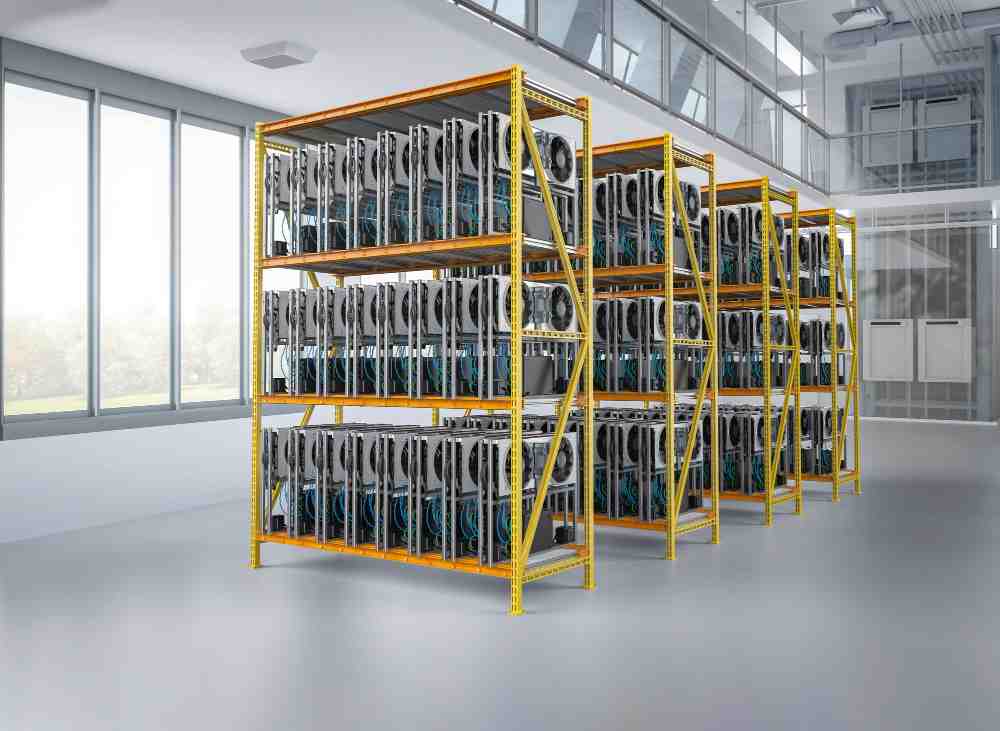Discover the metals used in boltless racks and their characteristics. Learn about steel, aluminum, and other materials that make boltless racks durable and efficient.
Boltless racks have revolutionized storage solutions with their flexibility, ease of assembly, and impressive durability. One key aspect contributing to the strength and reliability of boltless racks is the type of metal used in their construction. From industrial-grade steel to lightweight aluminum, the choice of metal plays a crucial role in determining the rack’s functionality, durability, and application.
In this article, we’ll explore the most commonly used metals for boltless racks, their characteristics, and how to choose the right rack material for your needs. We’ll also answer common questions to help you make an informed decision.
What Metals Are Commonly Used in Boltless Racks?
1. Steel
Steel is the most widely used metal in boltless racks due to its strength and durability.
Characteristics of Steel Boltless Racks:
- High Weight Capacity: Steel racks can support heavy loads, making them ideal for industrial and warehouse storage.
- Corrosion Resistance: Many steel racks are powder-coated or galvanized to protect against rust and corrosion.
- Durability: Steel is resistant to wear and tear, ensuring long-term reliability.
- Cost-Effectiveness: While slightly more expensive than other metals, steel’s durability often justifies the cost.
2. Aluminum
Aluminum boltless racks are lightweight yet strong, making them suitable for specific applications.
Characteristics of Aluminum Boltless Racks:
- Lightweight: Easier to move and assemble compared to steel racks.
- Corrosion Resistance: Naturally resistant to rust, even without additional coatings.
- Moderate Weight Capacity: Suitable for lighter storage needs in homes, offices, or retail spaces.
- Aesthetic Appeal: Often used in modern settings due to its sleek, polished appearance.
3. Stainless Steel
Stainless steel is a premium choice for environments requiring high durability and hygiene.
Characteristics of Stainless Steel Boltless Racks:
- Corrosion Resistance: Superior rust resistance, ideal for humid or wet environments.
- Hygiene: Easy to clean and maintain, perfect for food storage or medical facilities.
- Strength: Comparable to standard steel but with added longevity.
- Cost: More expensive than other options but worth it for specialized applications.
4. Galvanized Steel
Galvanized steel is standard steel coated with a layer of zinc to enhance its rust and corrosion resistance.
Characteristics of Galvanized Steel Boltless Racks:
- Weather Resistance: Ideal for outdoor use or areas with high moisture levels.
- Durability: Combines the strength of steel with added protection against environmental factors.
- Cost-Effectiveness: More affordable than stainless steel but less durable in extreme conditions.
5. Alloy Metals
Some boltless racks are made from a combination of metals (alloys) to achieve specific properties, such as strength, weight reduction, or corrosion resistance.
Characteristics of Alloy Metal Boltless Racks:
- Customizable Properties: Alloys can be tailored to specific needs, such as enhanced strength or reduced weight.
- Specialized Applications: Commonly used in aerospace, automotive, or high-tech industries.
- Higher Cost: Customizing and producing alloys often make them more expensive than pure metals.
Factors to Consider When Choosing Boltless Rack Metal
1. Storage Requirements
The type and weight of items you need to store will determine the ideal metal:
- Heavy Items: Opt for steel or galvanized steel.
- Light to Medium Items: Aluminum may suffice.
2. Environmental Conditions
Consider the environment where the rack will be used:
- Indoor Use: Powder-coated steel or aluminum works well.
- Outdoor or Humid Areas: Stainless or galvanized steel offers better protection against rust.
3. Budget
The cost of the rack varies based on the metal:
- Cost-Effective Options: Standard steel or aluminum.
- Premium Options: Stainless steel or custom alloys.
4. Aesthetic and Functional Needs
- Modern Spaces: Aluminum or stainless steel is visually appealing and lightweight.
- Industrial Use: Steel or galvanized steel provides rugged durability.
Advantages of Using Metal in Boltless Racks
1. Durability and Longevity
Metals like steel and stainless steel offer unmatched strength and wear resistance, ensuring long-term use even in demanding conditions.
2. High Weight Capacity
Metal racks can support heavy loads, making them ideal for industrial or warehouse storage.
3. Corrosion Resistance
Powder coatings, galvanization, or stainless steel’s natural properties ensure rust and corrosion resistance.
4. Low Maintenance
Metal racks require minimal maintenance, with occasional cleaning and inspections to ensure longevity.
5. Versatility
Metal boltless racks are versatile enough to suit various applications, from warehouses to kitchens.
Applications of Boltless Metal Racks
1. Industrial Warehouses
Used to store tools, machinery, and bulk inventory due to their high load capacity.
2. Retail Stores
Ideal for organizing overstock and heavy merchandise in backrooms or storage areas.
3. Commercial Kitchens
Stainless steel racks are perfect for hygienically storing food, utensils, and cleaning supplies.
4. Offices and Homes
Lightweight aluminum racks are popular for file storage, books, or home organization.
5. Outdoor Storage
Due to their weather-resistant properties, galvanized steel racks are suited for gardens, sheds, or outdoor warehouses.
Maintaining Metal Boltless Racks
- Regular Cleaning: Wipe racks with a damp cloth to remove dust and debris.
- Check for Corrosion: Inspect for rust or wear, especially in humid environments.
- Avoid Overloading: Adhere to weight limits to prevent structural damage.
- Apply Protective Coatings: Reapply powder coating or use rust inhibitors for protection.
- Anchor Tall Racks: Secure racks to walls or floors for added stability.
FAQs
1. What is the best metal for heavy-duty boltless racks?
Steel is the best choice for heavy-duty applications due to its strength and high weight capacity. Galvanized or stainless steel is ideal for environments with high moisture or exposure to harsh conditions.
2. Are aluminum boltless racks durable?
Yes, aluminum racks are durable for light to medium storage needs. While not as strong as steel, they are lightweight, corrosion-resistant, and suitable for offices or home use.
3. Can metal boltless racks rust?
Uncoated metal racks can rust over time. To prevent rust, choose corrosion-resistant powder-coated steel, galvanized steel, or stainless steel.
4. Are metal boltless racks more expensive than wooden racks?
Yes, metal racks are typically more expensive than wooden ones due to their durability and higher weight capacity. However, they offer better longevity and lower maintenance costs.
5. Can I use metal boltless racks outdoors?
Yes, but it’s essential to choose the right metal. Galvanized and stainless steel are best suited for outdoor use due to their corrosion-resistant properties.
Conclusion
Metal boltless racks are a reliable, durable, and versatile storage solution for various applications. Whether you need lightweight aluminum for home use or heavy-duty steel for industrial storage, understanding the characteristics of each metal can help you make the right choice. With proper maintenance, these racks will serve as a long-lasting asset to your storage needs.
Want to learn more? Read: https://creatorsguide.ai/2025/01/06/boltless-racks-heavy-duty-a-complete-guide-to-durable-storage-solutions/22/26/27/965/kokomi/uncategorized/

